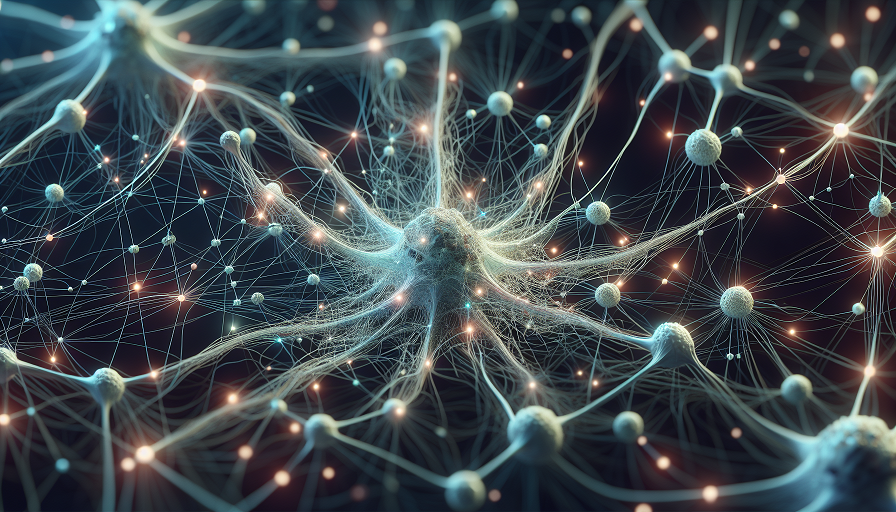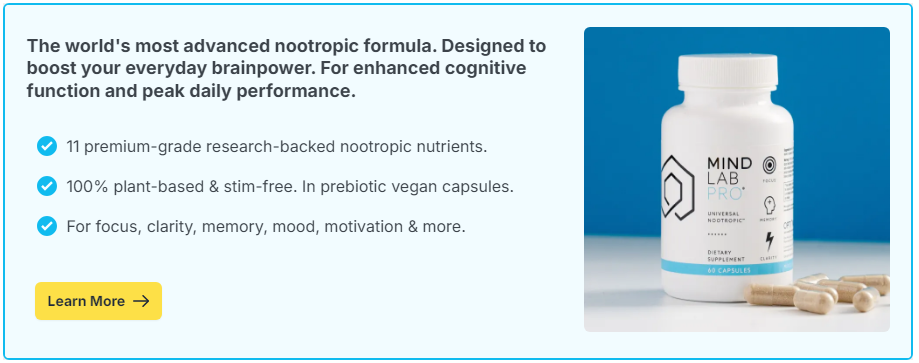
The world of technology is always on the move, and one of the most exciting developments in recent years is the rise of wearable devices. These gadgets, ranging from smartwatches to fitness bands, have transformed various aspects of our lives, including how we understand mental performance. By providing real-time data and insights into how our brains are functioning, these wearables are changing the game. Here we look into how wearables are enhancing our knowledge of mental performance and how they compare to other brain-boosting methods like nootropics.
Contents
The Revolution of Wearable Technology
Wearable technology refers to electronic devices worn on the body. These devices can track a variety of physical and mental activities, such as steps taken, heart rate, and even sleep patterns. But beyond fitness tracking, wearables are now making significant strides in helping us understand mental performance. From measuring cognitive load to monitoring stress levels, these devices offer a new lens through which we can observe and improve our mental well-being.
One of the key advantages of wearables is their ability to gather continuous data. Unlike traditional methods of studying mental performance, which may rely on periodic tests or surveys, wearables offer a constant stream of information. This allows for a more comprehensive picture of how our mental faculties fluctuate throughout the day in response to different activities and stressors.
Understanding Mental Performance Through Data
Wearable devices often come equipped with sensors and software that analyze brain activity. For instance, some advanced wearables use electroencephalography (EEG) to monitor brainwaves. These devices can track patterns that might indicate when you’re most alert or when you need a mental break. This real-time analysis helps users identify times of peak efficiency and plan tasks accordingly.
Moreover, by tracking stress markers like heart rate variability, wearables provide insights into how stress affects mental performance. This data can be invaluable for individuals looking to optimize their mental workload, enhance productivity, and maintain cognitive health. It’s like having a personal brain coach that helps you tailor activities to match your mental state.
Wearables vs. Brain Supplements
When it comes to enhancing mental performance, many people turn to nootropics or brain supplements. These are substances that claim to improve cognitive functions such as memory, creativity, and motivation. While there are some studies showing potential benefits, the effects of nootropics can vary greatly from person to person, and the long-term impact remains an area of ongoing research.
Wearables offer a different approach to boosting brainpower. Rather than introducing substances to the body, these devices enhance mental performance by providing actionable insights based on your physiological data. For example, a wearable might alert you to take a short meditation break when stress levels peak, or suggest a power nap when its data shows you’re mentally fatigued. These real-time adjustments based on personal data showcase the unique advantage wearables have over nootropics.
The Complementary Nature of Wearables and Supplements
It’s important to note that wearables and nootropics don’t have to be mutually exclusive. In fact, they can complement each other. Some users may find that combining the personalized insights from wearables with carefully chosen supplements provides the best of both worlds. The data from wearables can help individuals assess the effectiveness of specific nootropics by observing changes in mental performance over time.
For instance, if someone is using a concentration-enhancing supplement, their wearable could help track whether there’s an improvement in focus and attention during tasks. That way, users can make informed decisions about their supplement use, potentially avoiding unhelpful or ineffective products.
Empowering Individuals and Reshaping Industries
As wearables continue to evolve, they not only empower individuals but also reshape entire industries, including healthcare, sports, and education. In the healthcare sector, wearables have opened the door for remote patient monitoring, where medical professionals can track a patient’s mental health metrics in real-time, leading to quicker interventions and personalized treatment plans. This integration helps bridge the gap between patients and healthcare providers, offering continuous care and reducing the dependency on frequent visits to healthcare facilities.
In the realm of sports, athletes are leveraging wearables to gain a competitive edge. By monitoring mental performance alongside physical metrics, athletes can ensure that their training regimes optimize both body and mind. This holistic approach can lead to breakthroughs in athletic performance, where mental resilience and clarity are just as important as physical prowess.
Education is another field being transformed by wearables. Students can use these devices to identify their most productive times for studying, thereby personalizing learning schedules to align with peak mental performance hours. Additionally, educators can use aggregate data to better understand classroom environments and tailor teaching methods to improve student engagement and learning outcomes.
Challenges and Ethical Considerations
Despite the promising potential of wearables, challenges remain, particularly concerning data privacy and ethical considerations. The continuous collection of personal data raises questions about who has access to this information and how it’s used. Ensuring that data is kept secure and used ethically is paramount to maintaining user trust and fostering the positive impact of wearables on mental performance.
Transparency in data practices and robust privacy policies are essential to address these concerns. Users should be given control over their data, with clear options to opt out of data sharing or choose what metrics they are comfortable sharing. Companies developing wearable technology need to prioritize user consent and data protection, adhering to stringent regulations and ethical guidelines.
A Peek into the Future
The future of wearables for mental performance is full of exciting possibilities. As technology advances, we can expect wearables to become even more sophisticated, with increased accuracy and more nuanced data capabilities. Future developments might even include predictive capabilities, where wearables could anticipate when a person is likely to experience a downturn in mental performance and provide timely interventions.
Moreover, as the relationship between technology and our understanding of the brain deepens, there could be new innovations that we haven’t even dreamed of yet. Imagine wearables that can seamlessly integrate with our personal technology or those that can provide comprehensive mental health support. The potential is vast and promising.
The Human Aspect of Technology
Despite advancements, it’s important to remember the human aspect of technology. Wearables are tools meant to empower us, not replace personal insight and professional medical advice. While they offer fantastic opportunities to learn more about our mental performance, they should be used alongside other methods of care and self-improvement.
Ultimately, understanding the tools at our disposal and using them wisely can lead to a more balanced, informed approach to mental health and performance. In a world where optimizing mental abilities is increasingly sought after, wearables provide a way to do so that is both intuitive and intelligent. With continued exploration and use, we are just beginning to tap into their potential to change how we understand and enhance our mental performance.

